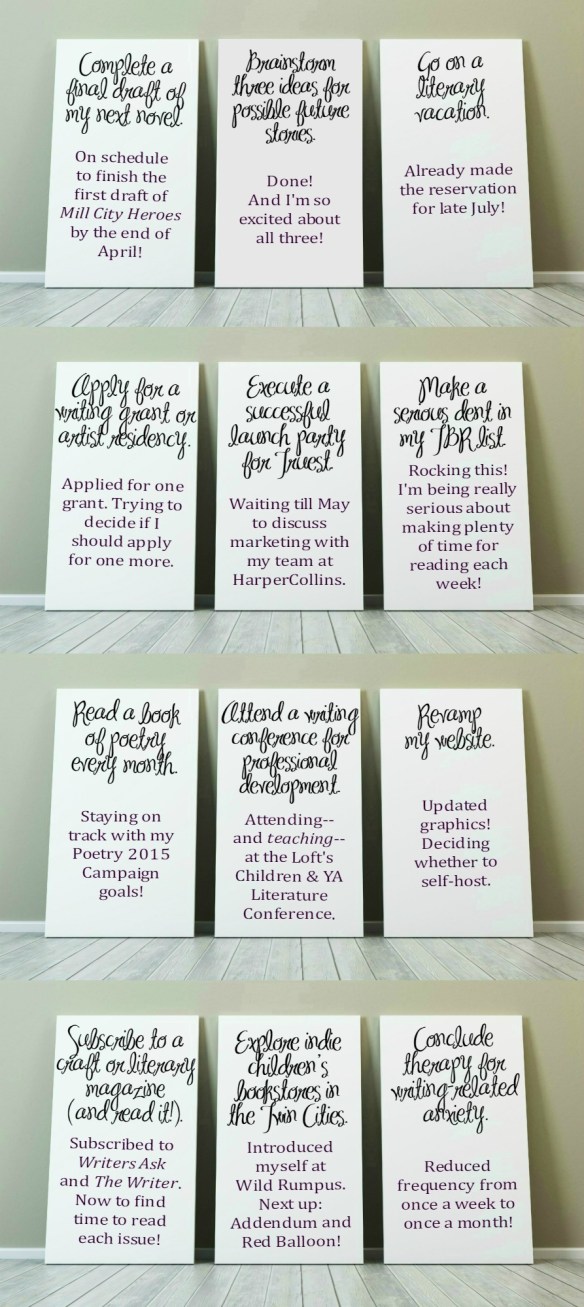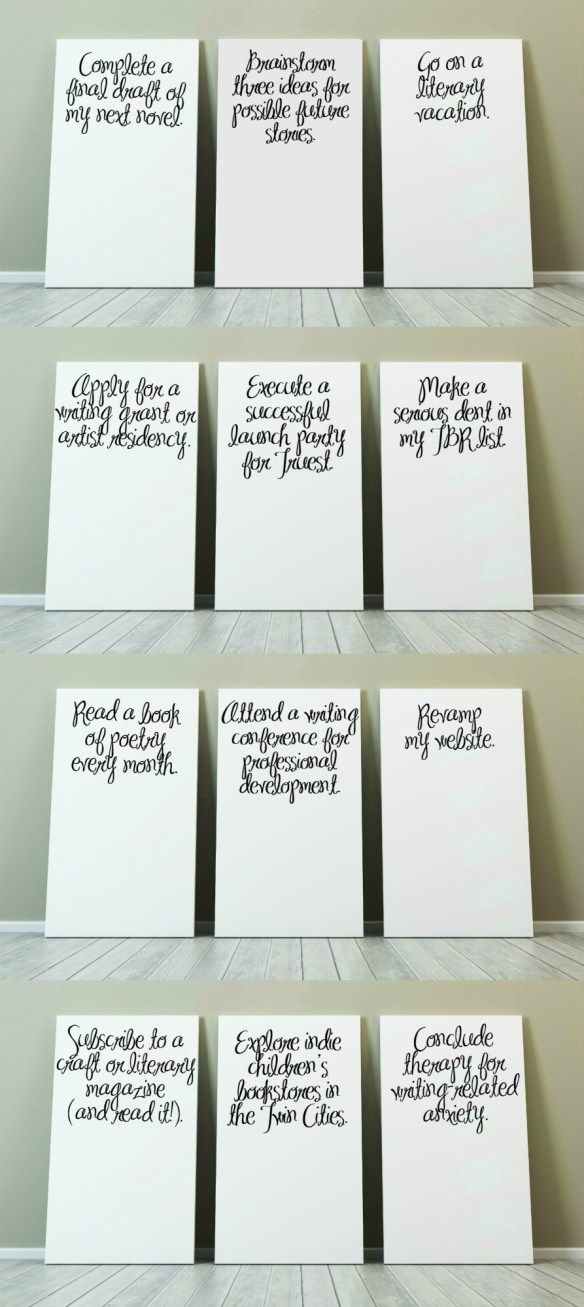Last winter, I began a story about a girl with trust issues whose childhood nemesis returns to the island where she lives and stirs up her life. I quickly fell in love with these characters– Maggie, a headstrong tomboy, and Penn, a young man about to burst into flames– and there was no doubt in my mind that their story would be my second novel.
After I finished my final draft of Truest, I spent October diving into research for my story, even booking a trip out to Seattle and to Friday Harbor to do on-site exploration.
I also started to experience complete mental/emotional breakdowns. I had two in the course of about eight days, and then I started to buckle down and get serious. November arrived, and I promised to treat my writer-soul with kindness for the month and to write for an hour a day.
And then I woke up one Saturday morning, and I lay in my bed thinking, I’m not excited to spend time with these characters right now. I need to write a different story.
I got up, emailed my editor about it, a desperate cry of “I’m scared of my current WIP, but I’m scared of my other idea too. What do you think I should do?” and as soon as I clicked send, I thought, I hope she tells me to start over with my next idea.
Well, I thought. There’s your answer.
So, to shorten this already long story, I’ve started over. I’ve set Penn and Maggie, their island in the Puget Sound, and hours upon hours of research, and 65k words on the backburner, cancelled my trip to the Pacific Northwest, and have launched enthusiastically into a new story which takes place in northeast Minneapolis. I’d like to introduce you to Rowen and Asa, two Twin Cities natives looking for love, freedom, and themselves. They’re brilliant and fun and just as eager for spring as I am.
You can read a little more about my next novel here (and if you wanted to leave an encouraging comment, that would be especially useful to this tired and frazzled author).
Come on, it’s not hard to imagine that magic happens daily in a place like this:














